Reviews

Pablo Flaiszman
A print is a drawing, and that is perhaps the most important thing about it; yet it is a drawing in which technique plays a leading role. The technique used in printmaking is laborious and complex, and its end result is always enveloped in mystery and unpredictability.
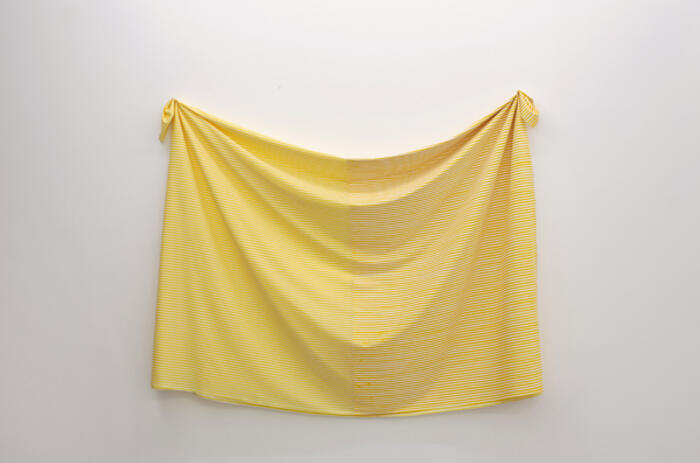
Cinthia Marcelle
The new generations abide by icons and images: they try to convey ideas. Each artist, in his/her day, has a particular concern; at present these concerns are marked by a modernism that is dissolving. Cinthia Marcelle nourishes a temperament pervaded with irony.
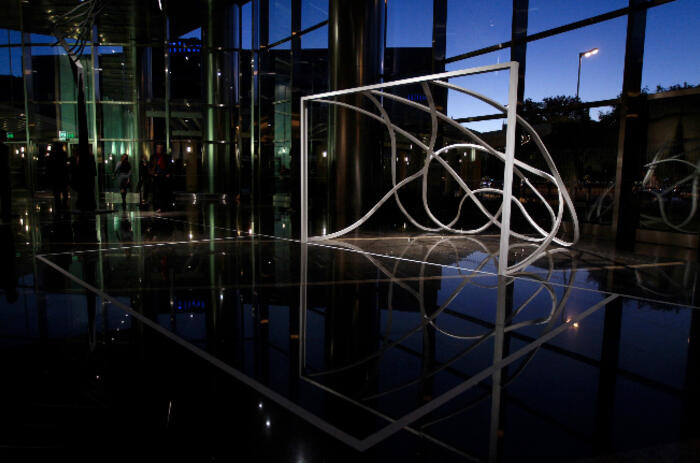
Pablo Reinoso
The installation presented by Pablo Reinoso in Fundación YPF’s space, Arte en la Torre, provides the viewer with a double gratification: The work Fútbol 5 en la Torre adds to the great power of visual attraction the narration of the creative process, an explicit testimony of the work’s gestation written by the artist himself.

Ricardo Piglia-Eduardo Stupía
In the face of the power of the new multimedia text supports, the beautiful volume Ricardo Piglia-Eduardo Stupía. Fragments of a diary appears as a statement on the permanence of the printed book. Piglia (Argentina, 1941) has kept a private diary for over 50 years and Stupía (Argentina, 1951) has been in the public scene since his first solo show in 1973. At the intersection of the artistic sensibilities of these authors, volume and show share the intensity of poetry and the fertile discomfort of critical thought.

Moris
The work presented by Moris (Israel Meza Moreno) is a constant double play, a sort of glossary around the daily life of Mexico City simultaneously altered, infringed, evidenced, and whose risk zones or stability are increasingly less identifiable.

Jesús “Bubu” Negrón
Even though he was very creative since he was a child, it was not clear to Jesús “Bubu” Negrón – one of the most important conceptual artists of his generation in Latin America – “what being an artist was about.” He discovered it as an art student in San Juan, when he intervened in a totally abandoned bronze statue – a sculpture of Puerto Rico’s first world champion, Sixto Escobar.

María Thereza Negreiros
Perhaps one of the most controversial careers in Latin American avant-garde is that of Colombian-Brazilian artist María Thereza Negreiros (Maués, 1930); her itinerary evolves in an unusual way in the artistic contemporary movement of the continent.
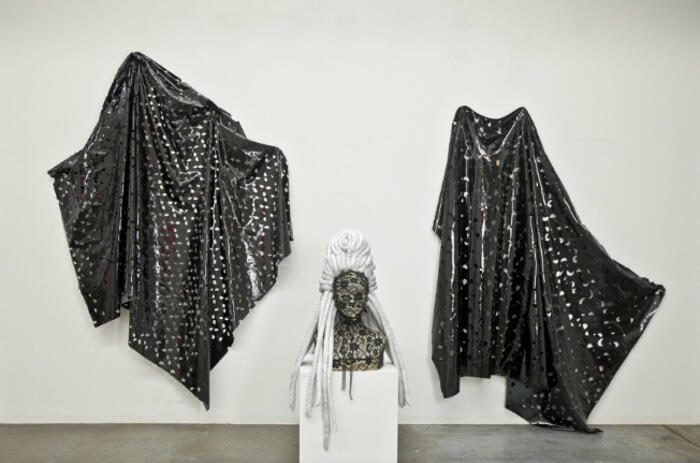
Clemencia Labin
The works of Venezuelan artist Clemencia Labin (Maracaibo, 1946), who has lived in Germany for over 20 years, maintain strong links with her home town, as well as references from it, both concerning the thematic and the formal aspects, in spite of the distance and the time gone by since she left it.
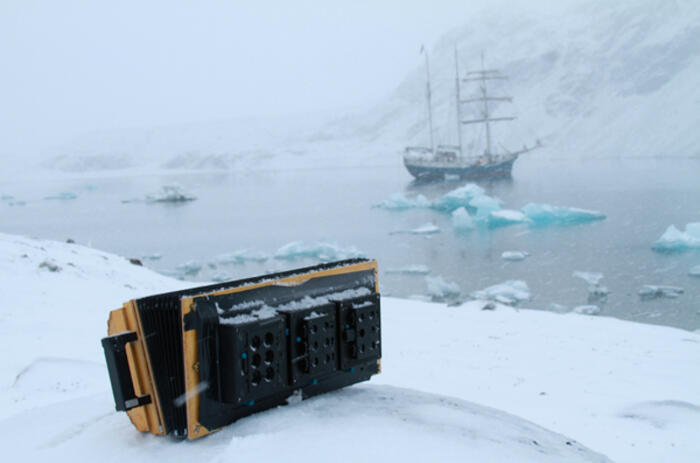
Leticia Ramos
Leticia Ramos is not a photographer in the traditional sense. While her medium is photographic, with images and light printed on a surface, she is more concerned with documenting the impact the world has on a lens, or the absence of a lens, and the passage of time and variations of color as subject matter.
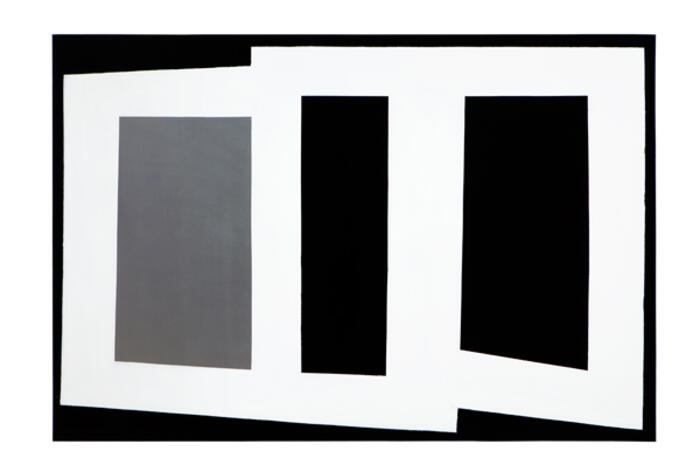
Amilcar de Castro
The sculptures of Amilcar de Castro all stem from the same basic procedure of cut and fold. He mastered the technique of turning hard metal into what appeared to be mere sheets of paper, surfaces that seem almost pliable and end up that way after strenuous efforts.
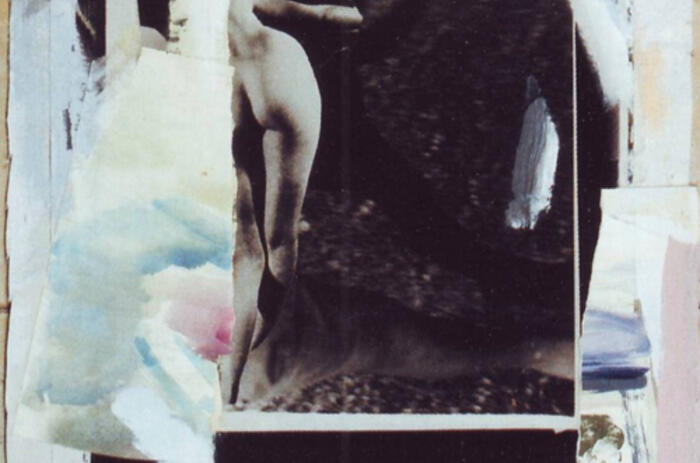
Luisa Richter
Luisa Richter (Germany, 1928) once told us that one of the reasons why she did not leave Venezuela was her attachment to her house and her fascination for the light of the tropics.
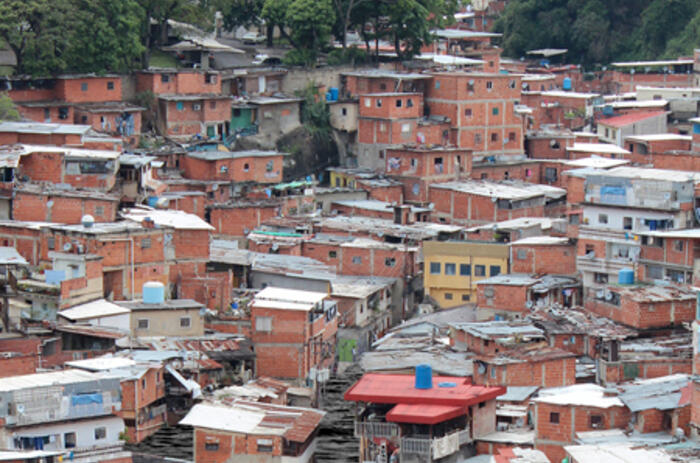
Susy Iglicki
Photography-based works by Susy Iglicki tie together very diverse space-historical times, showing how the river of blood that crosses the history of the world tends to bury the signs of identity. Her art tries to make us see, to re-humanize.
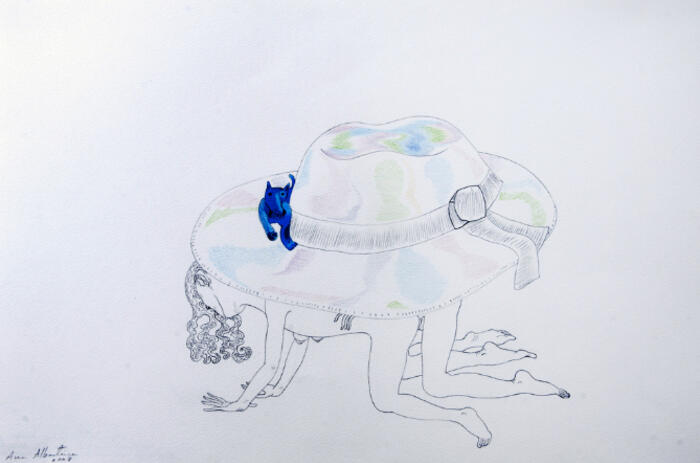
Ana Albertina Delgado
It is always a privilege when someone opens that whimsical window that leads to the unsuspected inner world of each human being. This is exactly the risk and the joy afforded by the exhibition “A little window inside my head”, by Cuban artist residing in Miami Ana Albertina Delgado.
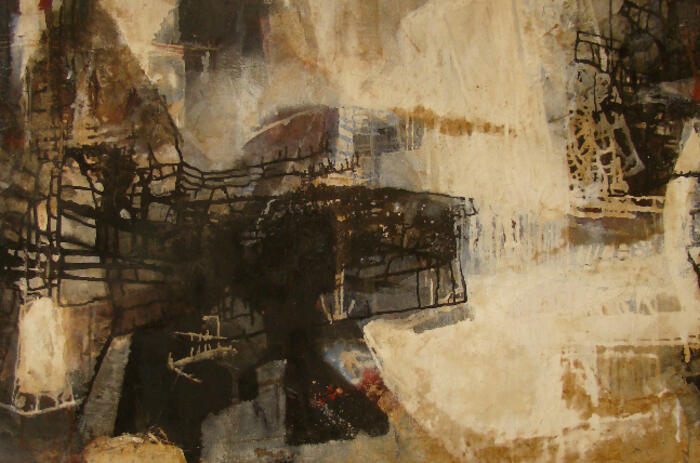
Abstraction in Cuba
Antonia Eiriz used to refer to Guido Llinás’s grocery store, where the works of Cuban abstract painters were kept − forgotten for almost twenty years − as “the catacombs of Cuban art”, and the fact is that the history of abstract art in Cuba reflects one of the most difficult paths within the panorama of the visual arts of the island, since this art was faced more often than not with rejection or incomprehension, or with downright oblivion.

Rómulo Aguerre
The body of Rómulo Aguerre´s photographic work is presented in this exhibition through an impeccable and limited selection of pieces that justifies the international interest that the legacy of this artist (Montevideo, 1919-2002) has aroused in recent years among collectors and institutions of the field of art.

The Century Governs the Ungovernables
The 2012 New Museum Ungovernables Triennial samples work by thirty-four artists born in the 1970s and 80s and from parts of the world “foreign” to New York audiences, primarily the Middle East, Africa and Latin America.

Foto/Grafica
Le Bal (independent space devoted to photography, videos, cinema and new communication media) invites visitors to an unprecedented experience...

Luis Camnitzer
A retrospective of the work of Uruguayan artist Luis Camnitzer will be held in June at the Museo de Arte de la Universidad Nacional de Colombia.

Valeska Soares
Three large-scale canvases by Valeska Soares occupy the three main walls of Eleven Rivington – concurrently on view with the artist’s extensive exhibition of the same series at Fortes Vilaça gallery in Sao Paulo.

Soledad Arias
From May 1 through June 22, the first solo show in New York City of Soledad Arias (Buenos Aires, 1959) will be held at RH Gallery. The title of the exhibition, “ON AIR”, refers to the live retransmission of texts and to the exhaling of air necessary for speech.

Marta Chilindron
Last October, in her third and most recent exhibition “ Constructions” at Cecilia de Torres Gallery, Argentinean born Marta Chilindron presented a series of seven new works - all of which emphasize and highlight trademark themes in her art of the last few years: movement, geometry, responses to light and the difference between perception and reality.

Manuela Ribadeneira
Finland, Op. 26 is the official title of a symphonic poem written in 1899 by the Finnish composer Jean Sibelius. At that time, Finland was under Russian dominion, and the piece, composed for an event organized by the local press, which was subjected to a rigorous censorship, immediately became a hymn incarnating opposition to foreign rule, and more specifically, to censorship and oppression.

Hélio Oiticica
From May 5 through June 16, visitors will have the chance to appreciate for the first time in New York, artist Hélio Oiticica’s (Rio de Janeiro, 1937-1980) installations Penetrável PN1, Penetrável Filtro and Penetrável PN28 “Nas Quebradas” at Galerie Lelong.

Nayda Collazo-Llorens
Nayda Collazo-Llorens’ latest works displayed in her individual show at LMAKprojects are so fascinating, complex and inquisitive as usual.

Eduardo Stupía.
Eduardo Stupía has been in the public eye ever since his first solo show held in 1972 at the legendary Lirolay gallery. Writer Ricardo Piglia (Argentina, 1941), whose most recent novel, Blanco nocturno (Anagrama, 2010) obtained the Dashiell Hammett Award, the National Critics’ Award (Spain), the Rómulo Gallegos and the Casa de las Américas awards, has kept a private diary for more than fifty years.

Fernanda Laguna
Fernanda Laguna, a paradigmatic artist of the 1990s whose artistic talent was many times pushed into the background by her brilliant role as a cultural manager, is presenting the brief retrospective “Don’t trust what you see” at Nora Fisch Gallery.

Color – instructions for use
As a heart-felt paradox and a homage, Mirtha Dermisache (Buenos Aires, 1940-2012) is included among the seven artists of the exhibition Color - instructions for use.

Miguel Rothschild
According to the Gospels, after Jesus’ death and resurrection he appeared before his disciples. Thomas was not present on that occasion and he did not believe when the other apostles told him what they had seen.

Erica Sogbe
I became very interested in the seriousness and the rigor of the work of Erica Sogbe (Venezuela, 1979), her analytical capacity at the time of proposing new reading strategies for the construction of the relationship between form and the formless;

Alexandre Arrechea
As a foretaste of what will be displayed at the Havana Biennial as of May, Magnan Metz has assembled the latest – and perhaps the most audacious – works of Alexandre Arrechea.

Labor
The Center for Puerto Rican Studies (Centro de Estudios Puertorriqueños), founded almost forty years ago, is a research-based institute with a vast and invaluable collection of materials documenting Puerto Rican life and culture in New York.


